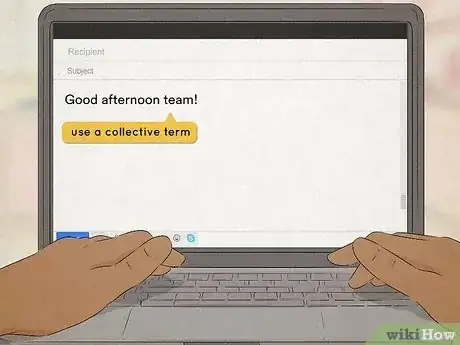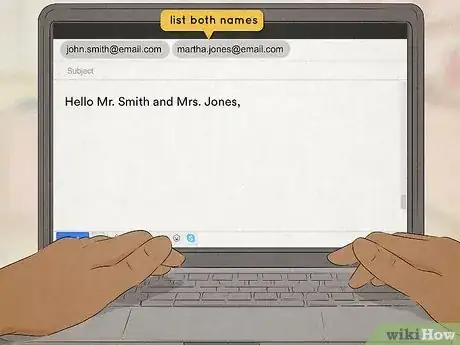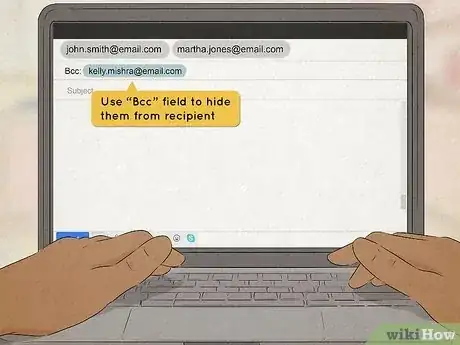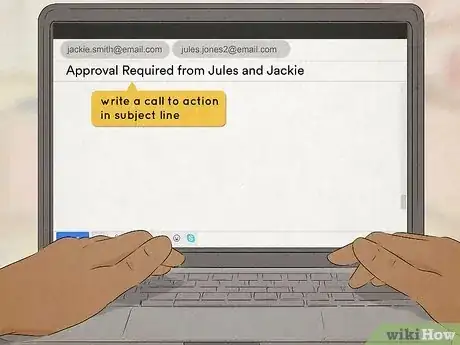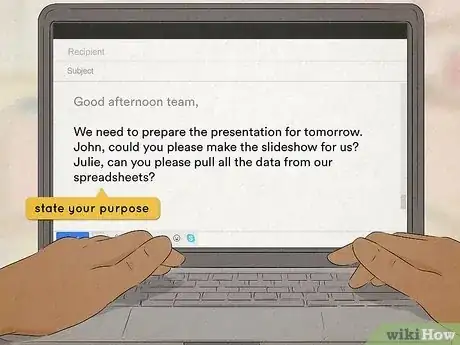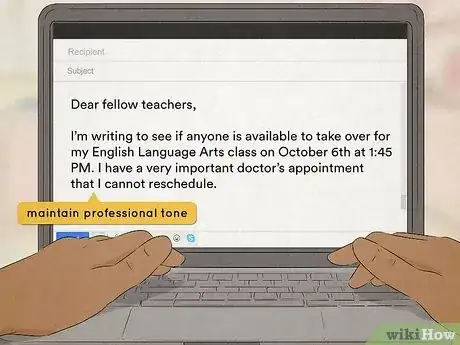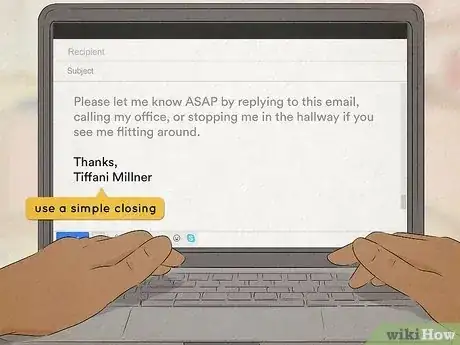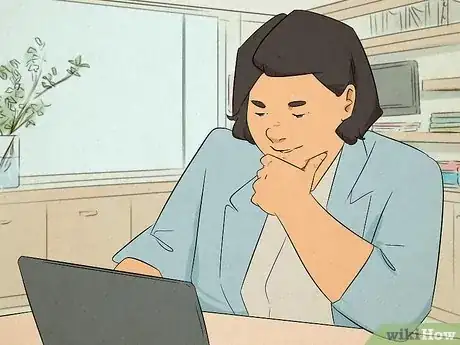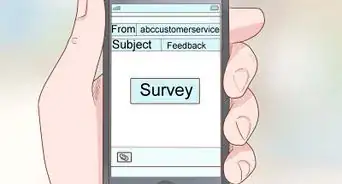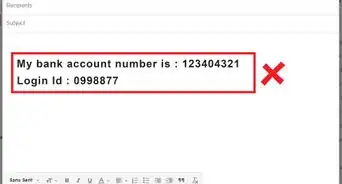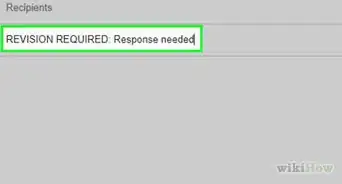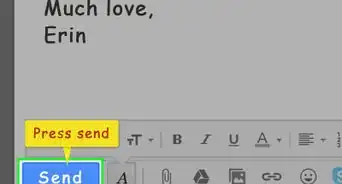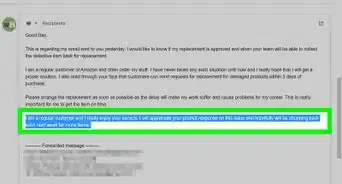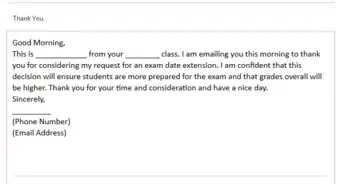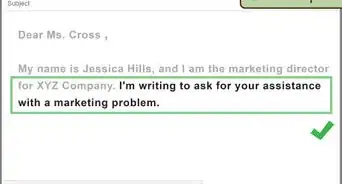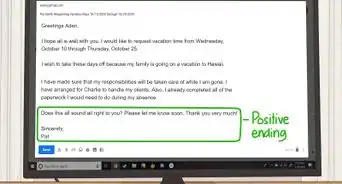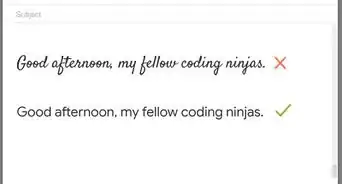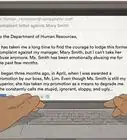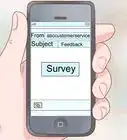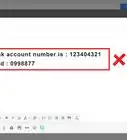This article was written by Tami Claytor and by wikiHow staff writer, Hunter Rising. Tami Claytor is an Etiquette Coach, Image Consultant, and the Owner of Always Appropriate Image and Etiquette Consulting in New York, New York. With over 20 years of experience, Tami specializes in teaching etiquette classes to individuals, students, companies, and community organizations. Tami has spent decades studying cultures through her extensive travels across five continents and has created cultural diversity workshops to promote social justice and cross-cultural awareness. She holds a BA in Economics with a concentration in International Relations from Clark University. Tami studied at the Ophelia DeVore School of Charm and the Fashion Institute of Technology, where she earned her Image Consultant Certification.
There are 11 references cited in this article, which can be found at the bottom of the page.
This article has been viewed 18,141 times.
Do you need to reach out to 2 people but only want to use 1 email to do it? No matter what you need to share, it’s so easy to address your email to both people and clearly convey information. Whether you’re sending a professional email to colleagues or a casual one between friends, we’ve got everything you need to know. Keep reading, and we’ll walk you through how to greet both people as well as some simple email etiquette.
This article is based on an interview with our professional etiquette coach, Tami Claytor, owner of Always Appropriate Image and Etiquette Consulting. Check out the full interview here.
Things You Should Know
- Use both of the recipients’ names after your greeting, like “Hello Max and Ava,” or, “Good afternoon Mr. Johnson and Mrs. Smith.”
- Include both people’s email addresses in the “To” field if the message requires both of their attention. Loop someone in casually by CCing them instead.
- Be direct in the body of your email about what actions you need from each of the recipients to avoid any confusion.
Steps
Warnings
- Avoid TYPING LIKE THIS since it can come across like you’re yelling and it sounds unprofessional.[12]⧼thumbs_response⧽
References
- ↑ https://youtu.be/3iy0K27gvJs?t=194
- ↑ https://www.indeed.com/career-advice/career-development/professional-email-salutations
- ↑ https://youtu.be/_HANN63fxpc?t=22
- ↑ https://youtu.be/ZnSfEklfo34?t=46
- ↑ https://youtu.be/vjoy3yfSciQ?t=215
- ↑ https://hbr.org/2021/08/how-to-write-better-emails-at-work
- ↑ https://www.menlo.edu/wp-content/uploads/2015/03/writing-a-formal-email.pdf
- ↑ https://writingcenter.unc.edu/tips-and-tools/effective-e-mail-communication/
- ↑ https://www.menlo.edu/wp-content/uploads/2015/03/writing-a-formal-email.pdf

